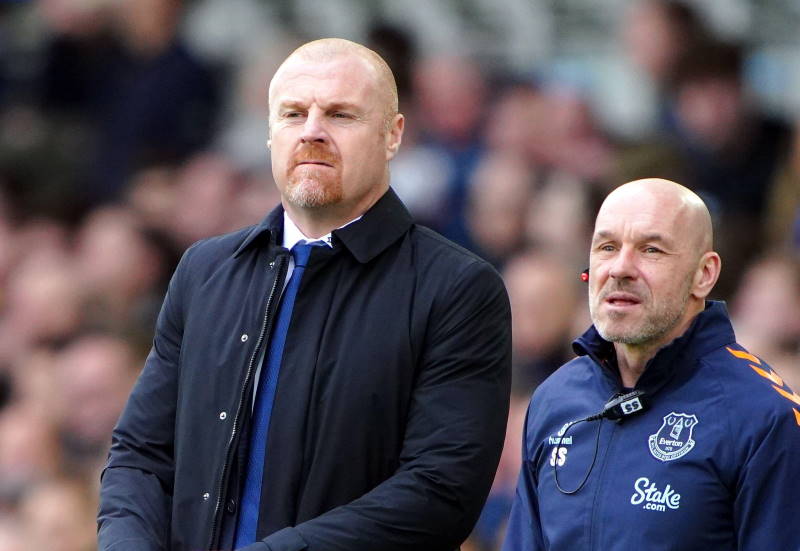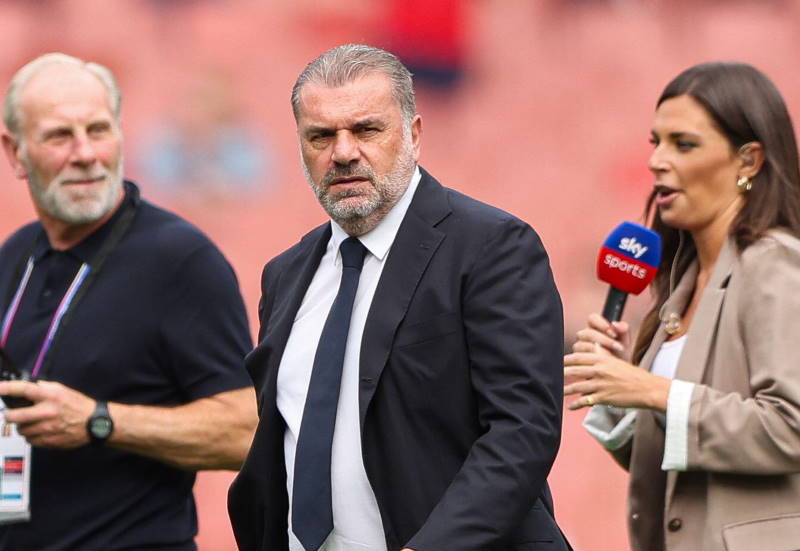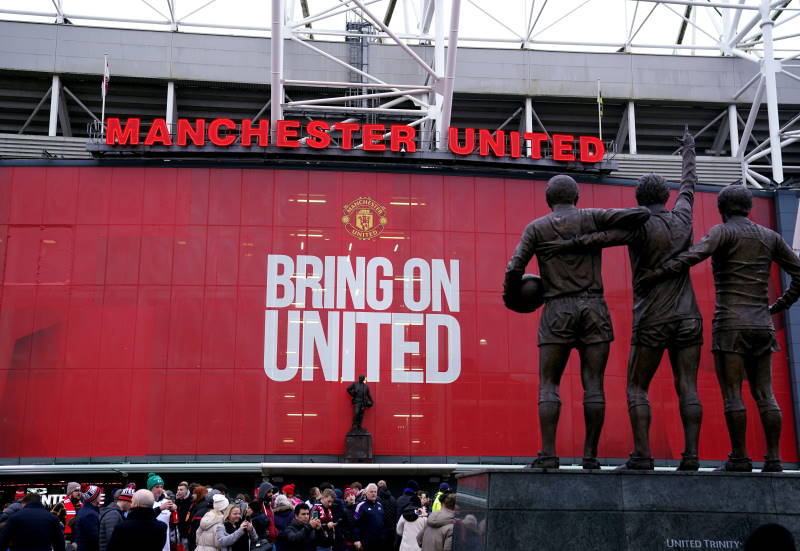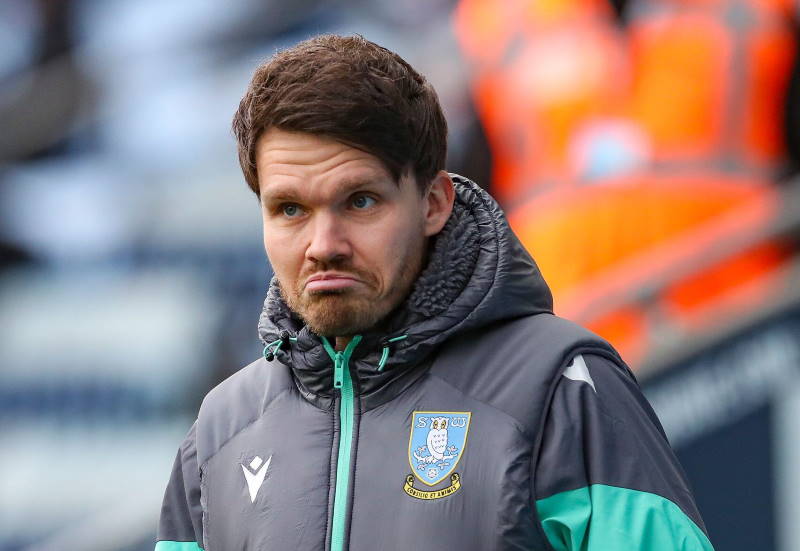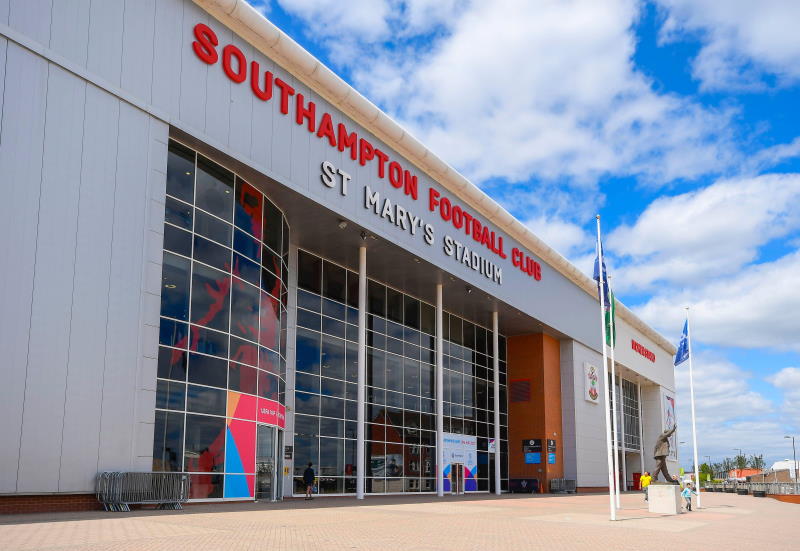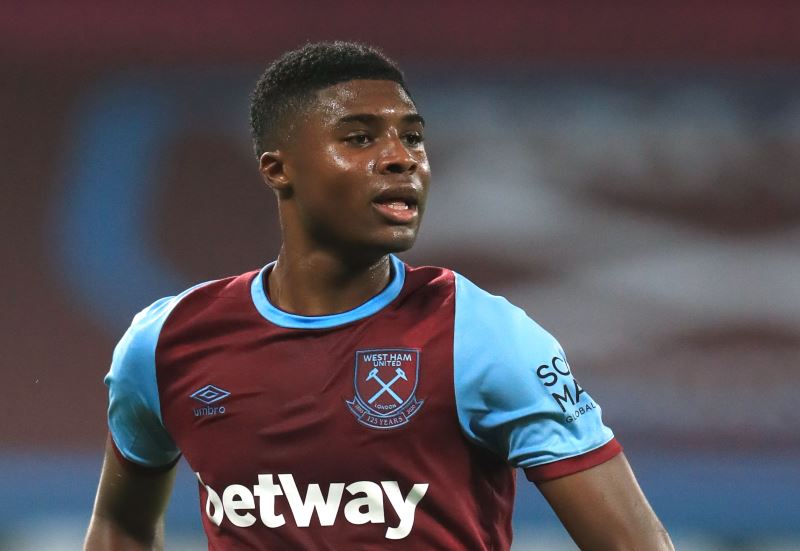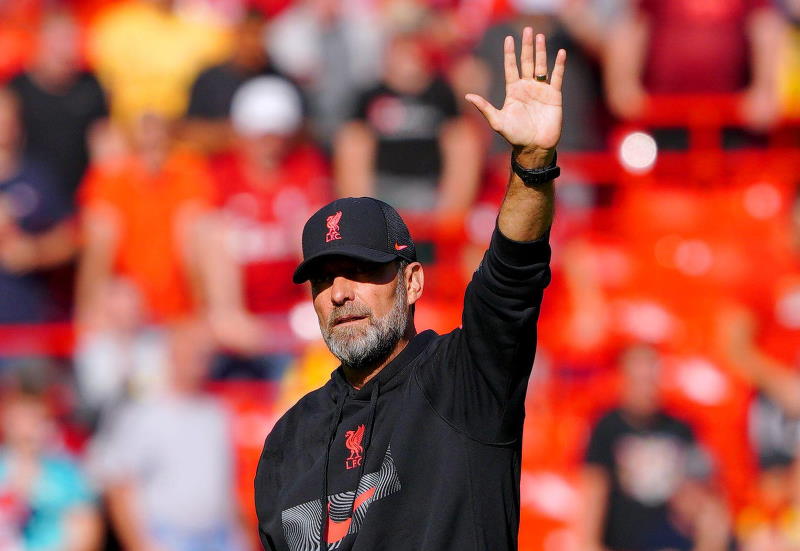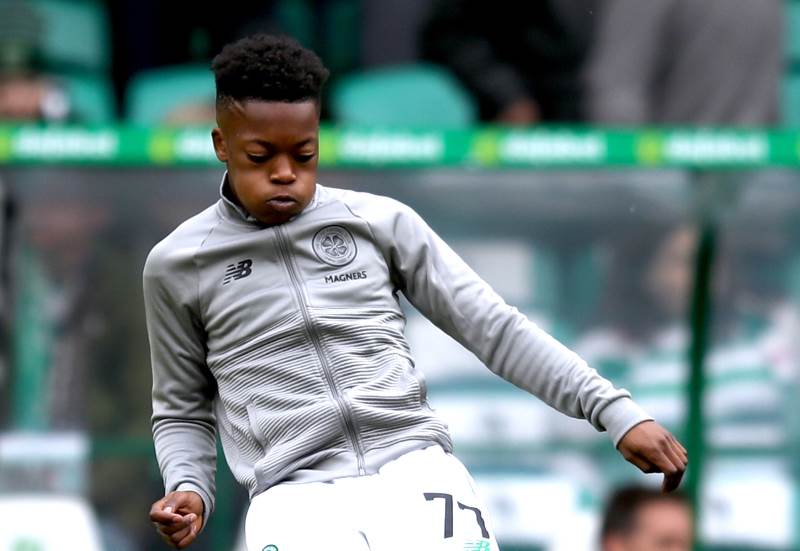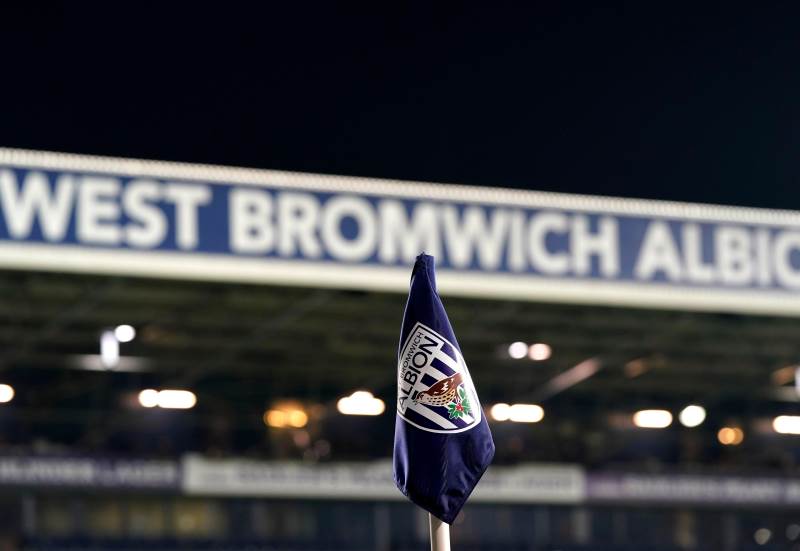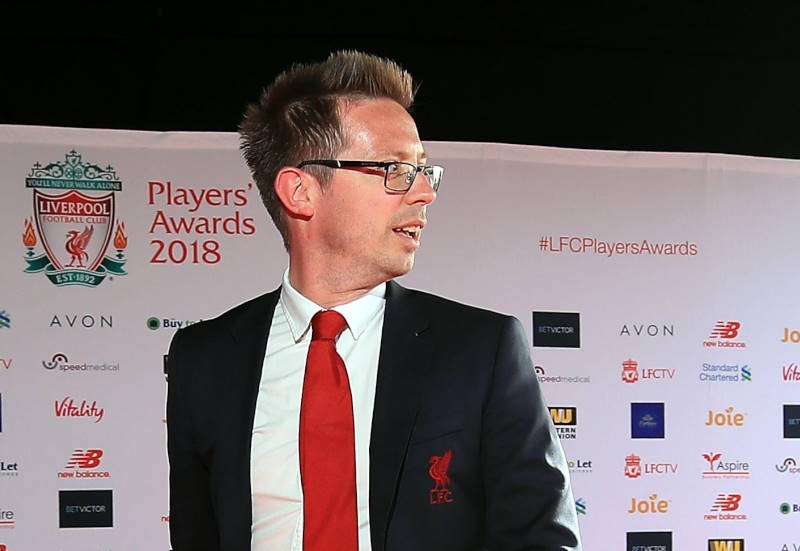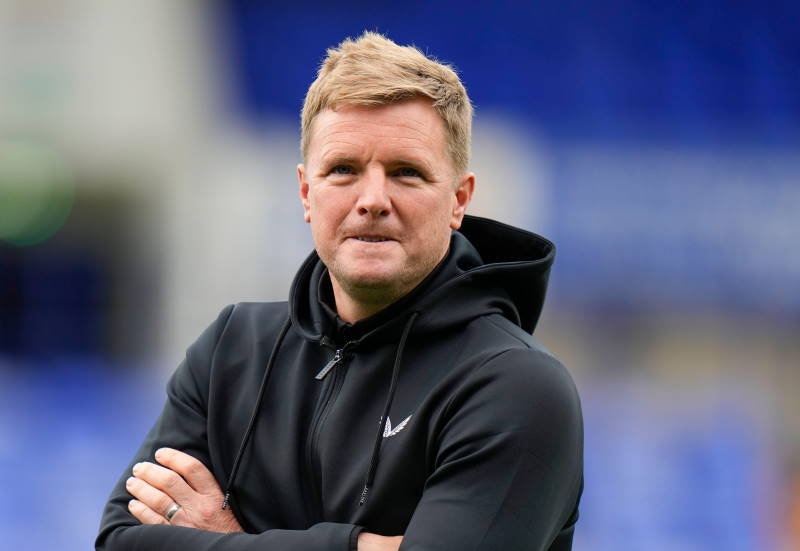
In psychology, there is a condition popularly known as the ‘Cassandra Complex’. It refers to the daughter of Priam, King of Troy, who prophesised about the fall of her city to the invading Greeks, only to be ignored by her fellow Trojans. Today, many keen observers of Aston Villa may feel to have been in a similar position over the last five years.
Cassandra’s curious curse particularly comes to mind when reviewing the recent loan spell of Robbie Keane at Aston Villa. The Irishman, despite being at 31 on the verge of veteran status and playing in the semi-retirement of Major League Soccer, was a storming success, scoring three goals, creating countless opportunities with his energy and generally lifting a drifting Villa side out of a slump. Much like with his Los Angeles Galaxy team-mate Landon Donovan at Everton, Keane showed the side just what they were missing.
This is where the theme of blithely ignored predictions and advice comes in. Under Martin O’Neill, Aston Villa were a promising proposition, picking up points at a rate not far off championship-winning form (certainly in pre-Premier League days, when sides could lose quite a few times and still top the table) and intermittently pulling off superlative performances. However, the emphasis on speedy wing-play and counter-attacking was obvious to all, and many teams saw that, with no second striker or central playmaker to vary the play, Villa could be occasionally predictable and pedestrian going forward, so by doubling up on wingers and narrowing the pitch, the threat in claret and blue could be neutralised.
The solution appeared to be that O’Neill needed to buy a playmaker, someone to float between the lines and alternate a one-paced rapid attack force. Had he done so, the Ulsterman might still be at Villa Park, having reached the promised land of the Champions League or secured a trophy that fate (and bad refereeing in 2010’s League Cup final and FA Cup semi-final) denied him. It is common knowledge that 4-2-3-1 is more fluid tactically and better at retaining possession than the 4-3-3 O’Neill used at Villa, and an astute purchase could have provided the vital variety of options a small squad desperately needed.
O’Neill did try to tinker with his system to rectify the problem, but crucially did not buy a specialist No. 10, resorting to putting square pegs into round holes. Ashley Young – more commonly stationed on the left wing either opposite Gabriel Agbonlahor and just off John Carew, or later behind Agbonlahor and switching flanks with James Milner or Stewart Downing – was tried in this kind of free role, but he lacked the necessary guile, being more of an expert at set-pieces, beating his man and crossing.
Similarly Gareth Barry, Aston Villa’s other chief creator during the O’Neill era, is not enough of an attacking force to emulate his Manchester City contemporaries David Silva and Samir Nasri, with his abilities to spread the play and ping balls to wingers redundant in the hole. Downing and Milner were sometimes used in central slots, but both are more athletic than creative, capable of tricks and flicks, but generally lacking in the subtlety requisite to be a true trequartista.
The problem has persisted, and in the absence of both the inspirational Ulsterman and the high-calibre wing-play of Young, Milner and Downing, Villa have lost their sparkle. They are not as eye-wateringly unadventurous as has been claimed in some quarters, suffering from boss Alex McLeish’s reputation earned at Rangers and Birmingham City, but so far the Midlands giants still resemble a pale reflection of the O’Neill prototype. Stephen Ireland, Barry Bannan and Charles N’Zogbia have been used as central playmakers, but none are suited to the specific demands of the role, with Bannan and Ireland deep-lying, regista-type passing and tackling midfielders a la Charlie Adam or Paul Scholes, while N’Zogbia is a winger with an eye for goal rather than a killer pass.
There is an argument that such a player is too expensive for a club with Aston Villa’s budget, even before American owner Randy Lerner’s austerity drive once Manchester City muscled them out of realistic contention for the Champions League. However, there are solutions to the difficult situation, and there have been wise purchases which show addressing this issue does not necessarily involve breaking the bank.
Tottenham Hotspur’s step up from pretty to pretty deadly football has been helped greatly by the bargain £8M purchase of Rafael van der Vaart, whose greater goal threat and incisiveness in the final third provides an important outlet for Luka Modric’s inspiration and Gareth Bale’s perspiration, while Hatem Ben Arfa and Yohan Cabaye, the maestros pulling the strings behind Newcastle United’s surprisingly successful season, were both bought for less than £10M.
While the likes of Brazilian sensation Neymar, Lille man Eden Hazard, Ajax’s 19-year-old Danish wunderkind Christian Eriksen and Fiorentina’s Stevan Jovetic are surely out of reach for a club in Aston Villa’s current position, it is possible to find the missing link in a team without ‘living the dream’ and threatening to ‘do a Leeds’.
Back in O’Neill’s reign, unfortunately Robbie Keane was much in demand at Tottenham Hotspur and Liverpool, but the erratic Elano, the mercurial Fabrizio Miccoli or even Joe Cole might have worked in a similar way, cutting through obdurate defences dealing with Young’s crossing and providing Agbonlahor with the sort of through-balls he would thrive on.
For next season, with Keane unlikely to make a permanent transfer, McLeish could look to good options such as Spurs’ out-of-favour Niko Kranjcar, Jadson of Sao Paulo, Real Madrid reserves Esteban Granero and Sergio Canales, Sporting Lisbon’s Chilean international Matias Fernandez or Ajax’s Siem de Jong. While these players are not necessarily risk-free and would not be classed as top-drawer names in the position, they are more realistic targets, being available, unwanted and/or unlikely to appear near the list of top clubs’ transfer targets, allowing a wily and ambitious manager the chance to sell his club to them and make a serious tilt for trophies.
The importance of addressing this issue is central to Aston Villa’s attempts to re-establish themselves as a force in the Premier League and reclaiming a strong presence in Europe. In the two post-O’Neill seasons there have been several good performances, such as a 3-1 victory at Stamford Bridge on Boxing Day and beating Manchester City a year ago, but for each of these, there is another like the fourth round FA Cup defeat to Arsenal, where a two-goal lead was lost, or the game against champions-to-be Manchester United last season, where even Sir Alex Ferguson admitted his side could have lost by five or six but somehow drew.
With Newcastle revitalised, Stoke City making great strides and even Sunderland, now managed by O’Neill, at last showing signs of fulfilling their potential, competition for the top half, let alone the top six, is the most intense in years, and with a canny, galvanising signing to lift home supporters and general productivity, McLeish could revive Aston Villa’s fortunes and finally silence the hardcore of doubters.

